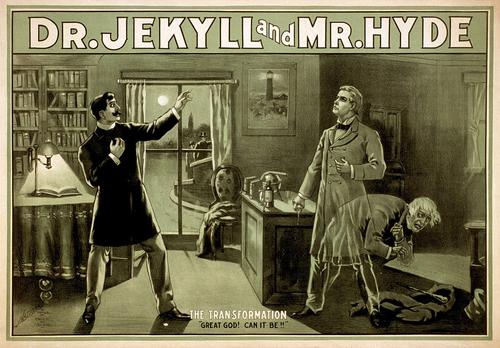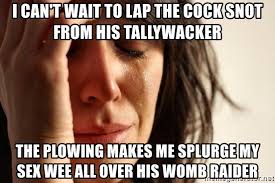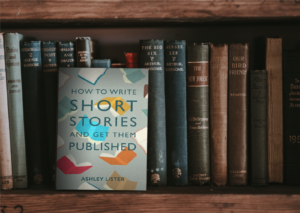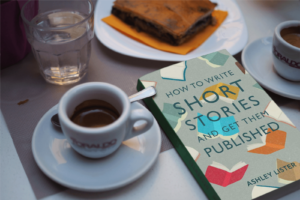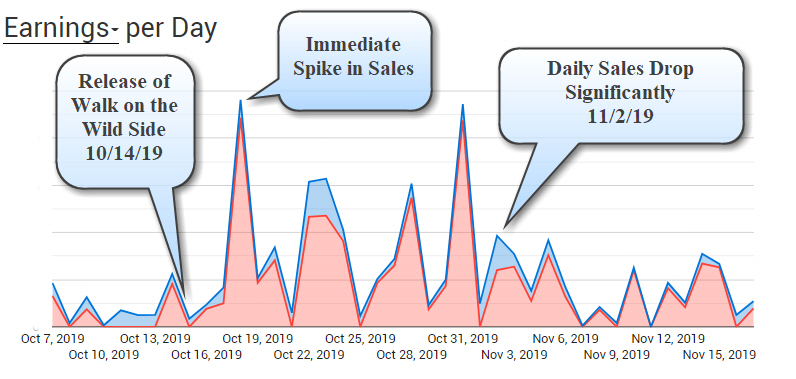When I started in this business, more than twenty years ago, I wrote mostly literary erotica. Despite the sometimes extreme sexual situations in my tales, I tried for a sense of realism. My early novels spent a lot of time setting the scene and conveying atmosphere. They offered fairly complicated plots with a myriad of characters. In penning my short stories, I focused on original premises, character development and conflict. Given all the poetry I’d written before I started publishing prose, I guess it’s not surprising that I was very aware of linguistic choices, rhythm and prosody, connotations and allusions.
These days, I still write literary erotica – some of the time. I like to think that my Asian Adventures series, my speculative fiction (The Last Amanuensis, The Antidote) and my paranormal work (Underground, Fourth World) all offer some measure of “redeeming social value”.
Sometimes, though, I have the urge to write pure smut – stories where people get involved in all sorts of outrageous carnal activities, with only the most minimal motivation or conflict. My stroke stories make no pretense of realism. The male characters are capable of astounding numbers of erections. The multi-orgasmic females never get tired or sore. Nobody uses condoms. Nobody gets pregnant.
I offer only the faintest nod to social convention; it’s not at all unusual to find my characters getting it on with one another within five minutes of meeting. In public, even! Also, the people in my more pornographic works are incredibly open-minded, from a sexual perspective. They’re willing to try anything – partner swaps, multiple partners, same-sex encounters (both MM and FF), sex toys, spanking, dominance, submission, gang bangs, pegging, you name it. (Sometimes all in the same story!) To be honest, after writing inside the rigid box of traditional erotic romance, I love their experimental, gender-bending ways.
So I’ll spend a few weeks or months indulging myself, penning some absolutely filthy story that nobody could call “literary” (though I do try for readability and correct grammar). Then I start to feel embarrassed, even guilty. I’m pulled back to write something more traditional, something I wouldn’t be ashamed to show my real world friends (though most of them don’t know Lisabet Sarai exists).
Before long, though, I have get the itch again, the rampant, ungoverned Mr. Hyde of my imagination taking over, forcing the more refined and craft-conscious Dr. Jekyll into the shadows.
For instance, about a month ago, I decided I wanted to publish a holiday story for my fans, most of whom are romance readers. Cherry Pie and Mistletoe was the result, a sweet, hot, painfully realistic tale about the attraction between two sexagenarians.
No sooner had that book hit the virtual shelves, though, then Mr. Hyde reared his head. I got an idea for a stroke story entitled Santa, Baby!, about a nerdy young guy who’s hired by a dominant older woman to play Santa at a very naughty holiday party.
I hope to finish Santa, Baby! this weekend. (I’d better, because Christmas is next week!) But Mr. Hyde keeps pouring out the smut. The story’s already over 10K. I might not even announce it to my usual readers; they might find it too raw. That actually doesn’t seem to matter; my stroke fiction seems to sell much better than my more literary efforts.
Maybe after the book’s out, Mr. Hyde will fade back into the shadows.
But maybe not.
Meanwhile, this dual identity is a major marketing pain. I mean, what’s my brand? Exquisitely crafted, poetic prose that tugs at your emotions? Or wildly over-the-top fucking and sucking?
I’ve heard that readers like consistency. They want to know what to expect when they pick up a book from one of their favorite authors.
With me, you never know. Will it be Jekyll, or Hyde? I guess what I really need is to find the readers who enjoy both my alter-egos.

